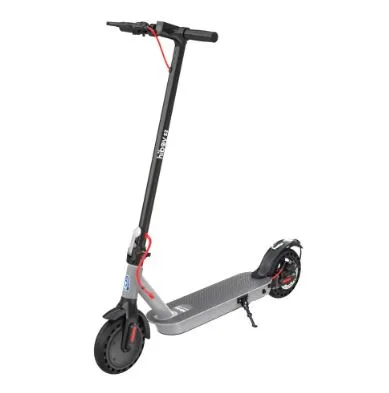Protecting Your People: Safety Tips for Retail Teams
A business cannot be successful without proper protection and care. Busy retail spaces need strong safety measures to protect staff and visitors each day. Clear rules and routines help teams stay alert and avoid common accidents and dangers.
Here are some safety tips for retail teams.
Install and Monitor Security Systems
Retail stores can strengthen safety and reduce the risk of theft or vandalism by implementing layered commercial security solutions. Installing security cameras in high-traffic zones and near cash registers is effective. Intrusion detection systems, such as door and window sensors, can trigger alarms and send alerts to monitoring services when unauthorized access occurs after hours. Panic buttons placed at workstations offer staff a fast, discreet way to request help in emergencies.
Access control panels with coded entry can limit access to sensitive areas like stockrooms or offices, ensuring only authorized personnel can enter. Regular system checks help confirm that cameras, alarms, and sensors remain functional and connected. A visible, well-maintained security setup not only deters potential threats. It also helps employees feel safer and more confident throughout their shifts.
Keep Walkways Clear
To promote safety and prevent accidents, retailers may want to prioritize keeping aisles and walkways clear throughout the store. Removing empty boxes, loose cords, and misplaced items from walking paths can significantly reduce the risk of trips and falls. Ensuring that shelving units are placed against walls with enough space between displays allows customers and staff to move comfortably, even during busy hours. Wet floor signs should be used only when necessary and stored away once the area is completely dry to avoid unnecessary clutter.
Maintaining bright, consistent lighting over all walkways helps ensure that every step is clearly visible and safe. Conducting regular floor checks before opening and periodically during shifts can help identify and address new hazards quickly. These simple practices not only support a safer shopping environment but also contribute to a more organized and welcoming store. A clean, obstacle-free sales floor reflects a retailer’s commitment to customer care and smooth daily operations.
Use Personal Protective Gear
Retail teams can benefit from using simple protective gear to reduce the risk of injuries, slips, and exposure to germs while on the job. Non-slip shoes are a smart choice for navigating hard or wet floors, offering better traction and support during long shifts. Durable yet flexible gloves can help protect hands when lifting boxes, stocking shelves, or handling sharp materials. Anti-fatigue mats placed behind registers or in workstations may ease the strain of standing for extended periods. Wearing aprons with pockets can make it easier to carry small tools like pens, box cutters, or price scanners without juggling items by hand.
During cleaning tasks or when unpacking dusty shipments, face masks or shields can provide an extra layer of protection. It’s also important to ensure that all gear fits comfortably and is regularly inspected for wear and tear. Encouraging proper use of protective equipment not only supports a safer work environment but also helps employees stay focused and efficient throughout their shifts. Therefore, protective gear is quite important to your retail store.
Train for Emergency Drills
Retail teams can benefit from regular emergency drill training to ensure calm, coordinated responses during urgent situations such as fire alarms or power outages. Practicing clear evacuation routes that remain free of displays or storage helps staff move quickly and safely toward marked exits. Team leaders can guide each group through the steps of the drill, confirming that everyone reaches the designated assembly point outside.
It’s also helpful to train staff to check restrooms, stockrooms, and other less-visible areas to make sure no one is left behind. Assigning aisle leaders to carry small flashlights during drills can provide a backup light source in case of a power failure. After each drill, teams may want to review what went well and identify areas for improvement, such as faster movement or clearer communication. Consistent emergency training builds confidence, reinforces safety procedures, and helps ensure that staff are ready to act quickly and effectively when real emergencies occur.
Schedule Regular Breaks
Scheduling regular breaks throughout the day can help retail teams maintain steady energy levels and reduce stress during long shifts. Short rest periods every two to three hours give employees a chance to sit down, stretch, and recharge—whether with a healthy snack, a drink of water, or just a few quiet moments. Providing a designated break area with comfortable seating and clear signage can make rest spaces more inviting and organized.
Stepping away from the sales floor, even briefly, can help staff return to their tasks with renewed focus and a more positive mindset. Rotating break schedules fairly ensures that all team members get adequate rest without leaving workstations understaffed. Simple tools like point-of-sale system reminders or shift checklists can prompt timely breaks and keep the routine consistent. Encouraging regular, well-timed breaks supports alertness, reduces fatigue-related errors, and contributes to a healthier, more productive work environment.
Conclusion
Simple safety steps create a strong shield for retail teams at work. Thoughtful safety habits guide teams toward secure, productive work experiences.






